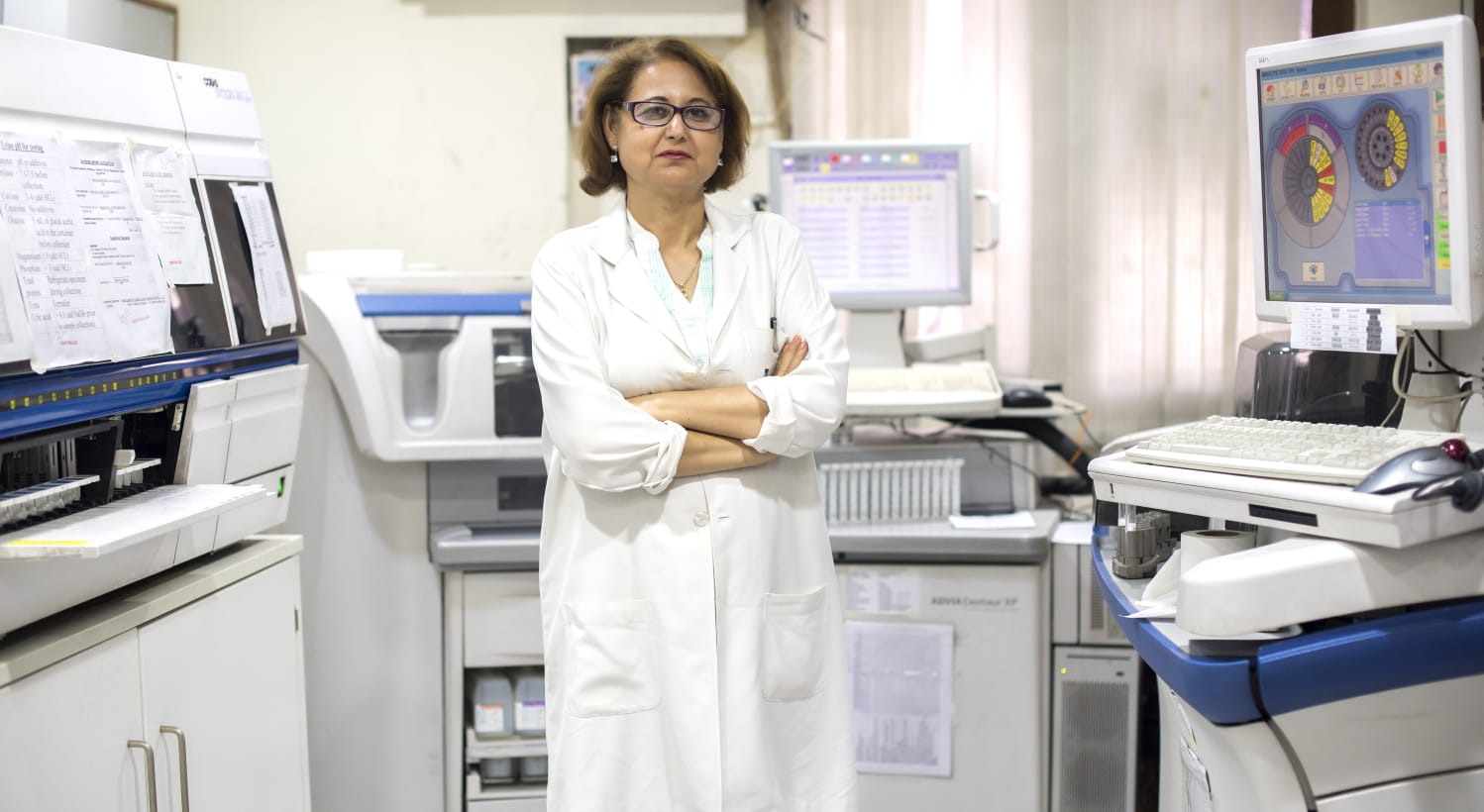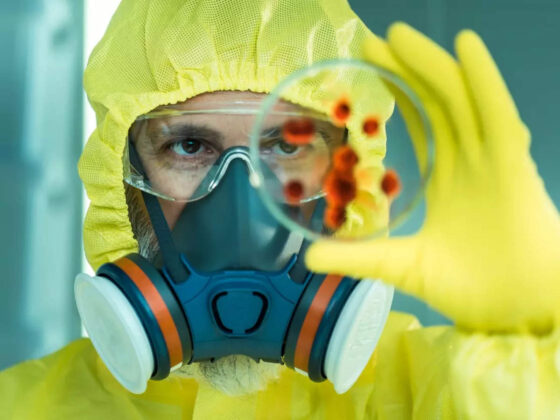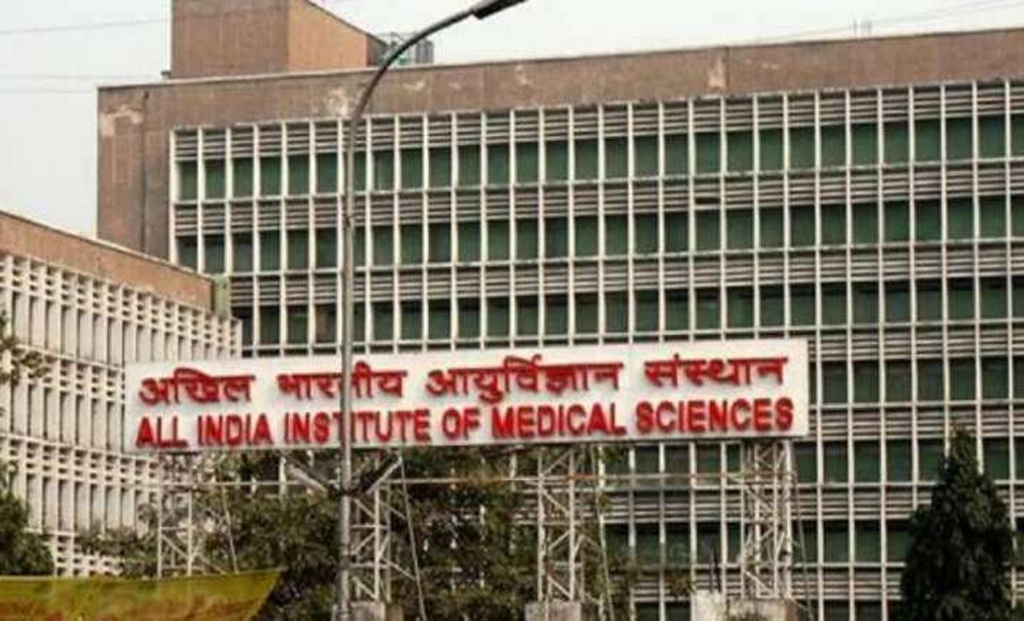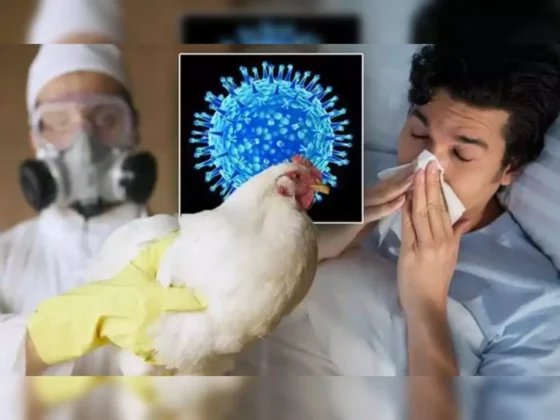 Dr. Angeli Misra (MD Path), Founder & Director, Lifeline Laboratory
Dr. Angeli Misra (MD Path), Founder & Director, Lifeline Laboratory
The Covid-19 pandemic has entered its third year round the world. Coping with the third wave in India poses huge challenges, due to its vast population as well as its varied geographical diversity. In view of the fact that in comparison with other variants of the Sars-CoV-2 virus causing Covid-19, the Omicron variant is seen to manifest milder symptoms, although it has 3 times higher transmissibility and a shorter incubation period. India’s entire healthcare infrastructure which is already stretched to full capacity and showed its deep inadequacies during the second wave in 2021, has a humungous and daunting task ahead to adopt a combat mode in order to strengthen and expand its scope. To cover the lacunae in the healthcare system, the government needs to adopt a multi-pronged strategy to tackle these shortcomings and improve overall health services, along with providing more Covid care centers. It has pumped in substantial funds into the system for the same and is taking suitable steps for collaborative partnerships with the equipment manufacturing industry, healthcare facilities and research experts through innovations and feasible solutions to enable equitable access to effective diagnostics and treatment for all.
Vaccination is believed to offer significant protection from Covid-19-associated hospitalization and mortality. Moreover, the intensive and extensive vaccination drive undertaken by the government of India has been greatly successful, wherein over 60% of the population has received both the doses of the vaccine and over 90% have received the first dose of the vaccine. However, despite the skyrocketing number of Covid-19 cases, there is an acute lack of hospital beds for emergency care in district hospitals (a meagre 3-5%), along with a shortage of doctors, specialists, nurses, trained paramedical staff, oxygen cylinders, ambulance services, and medicines and drugs required to treat Covid-19, besides other infrastructural problems. Therefore, it comes as no surprise that almost 94% of district hospitals in India lack point-of-care labs for diagnostics.
The diagnostic sector is understandably overwhelmed in the face of the huge challenge, due to a meteoric rise in the volume of RTPCR tests and the inundating demand for home testing. Besides struggling with the glaring gaps in the demand, supply and distribution chain and shortage of kits, the diagnostic labs are overstretched to step up their act to deal with training and acquisition of more skilled technicians, overcome shortcomings in maintaining testing safety protocols during home testing, coping with infected lab staff, and all the while race against time to provide quick and accurate results at reasonable cost, while maintaining strict quality control and safety protocols.
There is an increased rise in rapid antigen tests (RAT) in addition to RTPCR tests in order to identify positive cases at lower cost. Although RTPCR remains the gold standard in detecting the Sars-CoV-2 virus, results may take a few hours. RAT and home testing kits on the other hand, take as little as 15 minutes to provide a result at a comparatively lower cost. However, they may show false negatives and positives (low viral load at the beginning of, or towards the end of infection may not show up as a positive result), even though they are universally considered acceptable. However, testing criteria may need to be reviewed and revised, as RTPCR remains the more reliable test in terms of accuracy.
India needs to tap the huge potential for providing testing labs in smaller towns, rural areas and the hinterland and the authorities need to take steps to provide the requisite accreditation and infrastructure to cater to quality testing requirements for the less privileged and poorer sections of the population.











